Reports
04.05.2004 OVER HALF OF ALL MOLDOVAN MIGRANTS WORK IN RUSSIA…
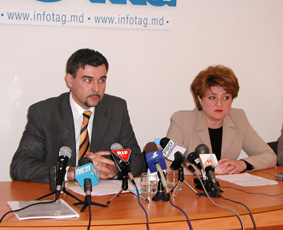
Chisinau, May 4 (Infotag). Almost 55 percent migrants from Moldova work in the Russian Federation, 18 percent in Italy, and the rest in Greece, Turkey, France, Germany and Portugal, and other countries, it was said at a news conference in Infotag organized today by the Moldova Microfinance Alliance (AMM) and the International Labor Organization.
In January through September 2003, AMM experts, assisted by the Soros Moldova Foundation, carried out a research on labor migration issues on the national-wide level that covered 4.5 thousand families.
One of the research authors, Boris Ghencea, said at the news conference that in the period in question, each third of those families had at least one person working somewhere abroad. According to the researchers’ estimates, some 258 thousand Moldovan nations were abroad at that period, and only about 71 percent of them left Moldova legally.
Most of the people prefer to go to Russia, and there are sound reasons for that: Russia is able to offer many good jobs, migration fees are tolerable, border-crossing rules are modest. Besides, the knowledge of the Russian language is indeed a serious advantage for Moldovans, Mr. Ghencea said.
Moldovan workers’ average monthly wages are as follows: in Russia -- $425, in Greece and Turkey -- $597.4, in Portugal and Spain -- $896.6, Italy $941.4, Israel $1,065, in France, Germany and Benelux $1,209.5.
Nearly 31 percent of the Moldovan migrants work as builders, approximately the same number as house servants, only 10.8 percent work in commerce, 9.8% at factories and plants, 4.5 percent in agriculture and miscellaneous spheres.
Almost 95 percent of those workers used to remit money to their families in Moldova, the total volume of remittances, formal and informal, during the study period might be over $650 million, and about 52 percent of that money was intended for urban families.
The researchers found out that only 6.5 percent of the remitted sums were invested in business, and the rest was used for repaying families’ debts, purchase of housing and cars, domestic expenditures, education, medical assistance, etc.


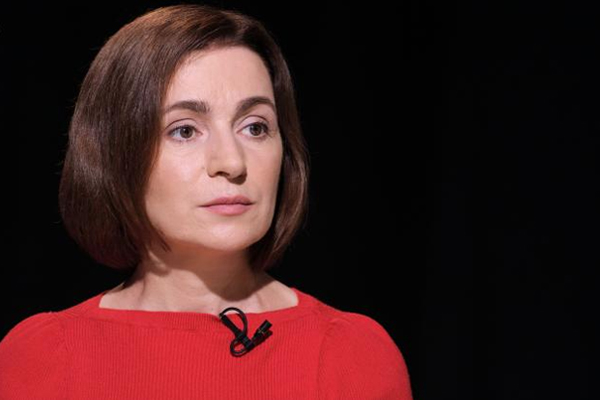
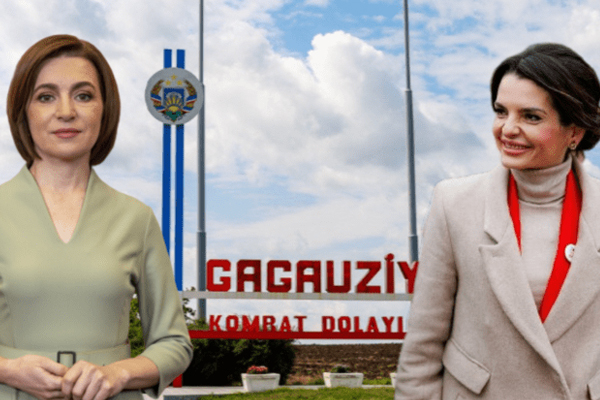
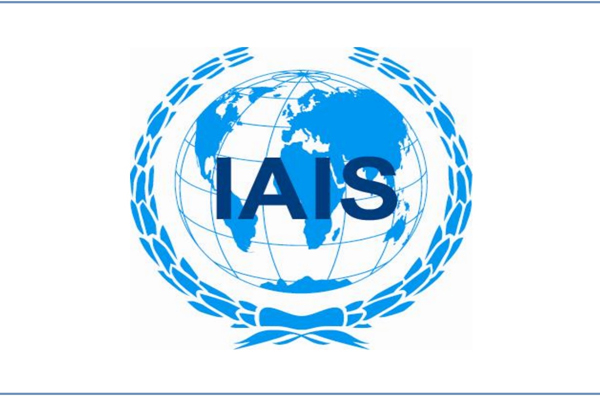


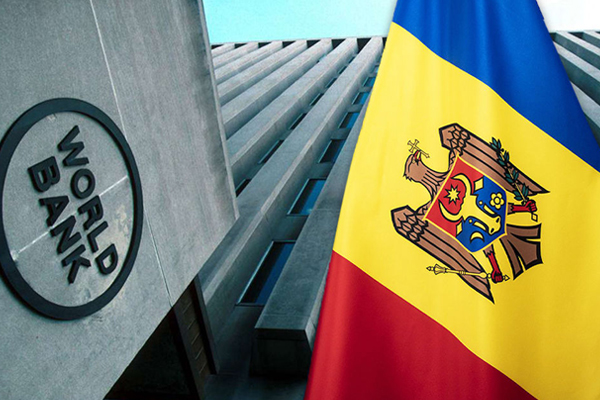
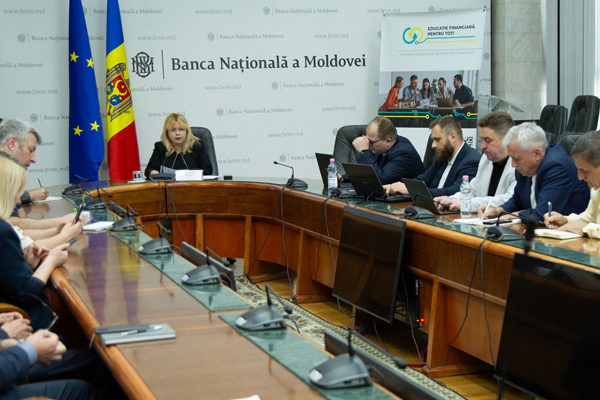
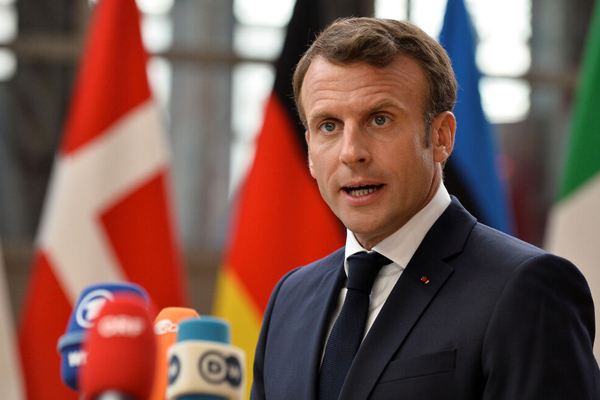



Add comment